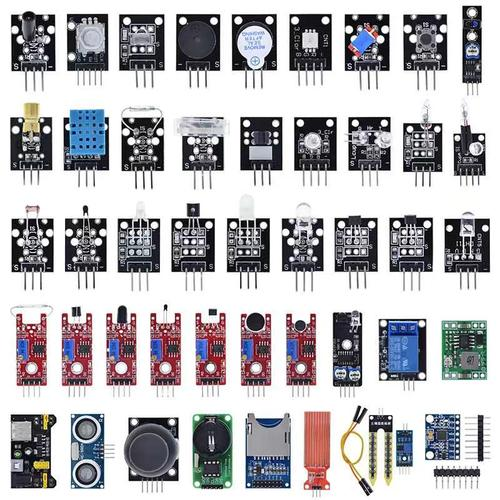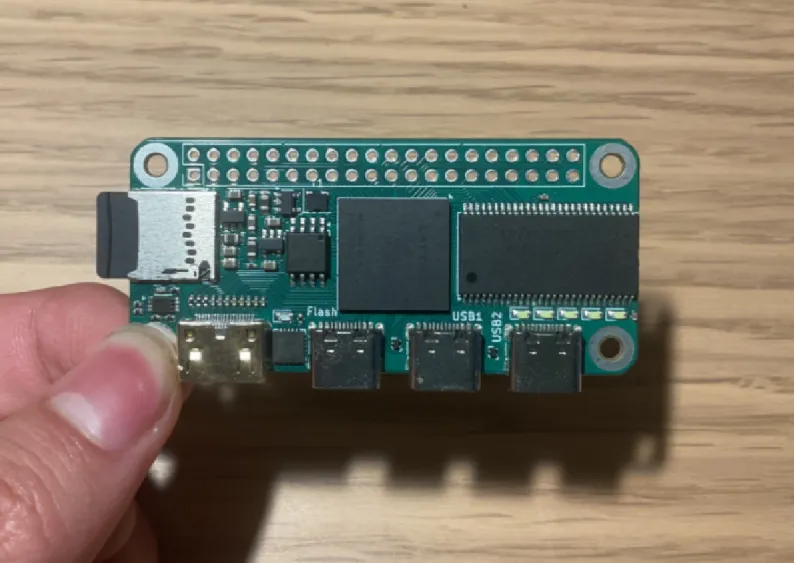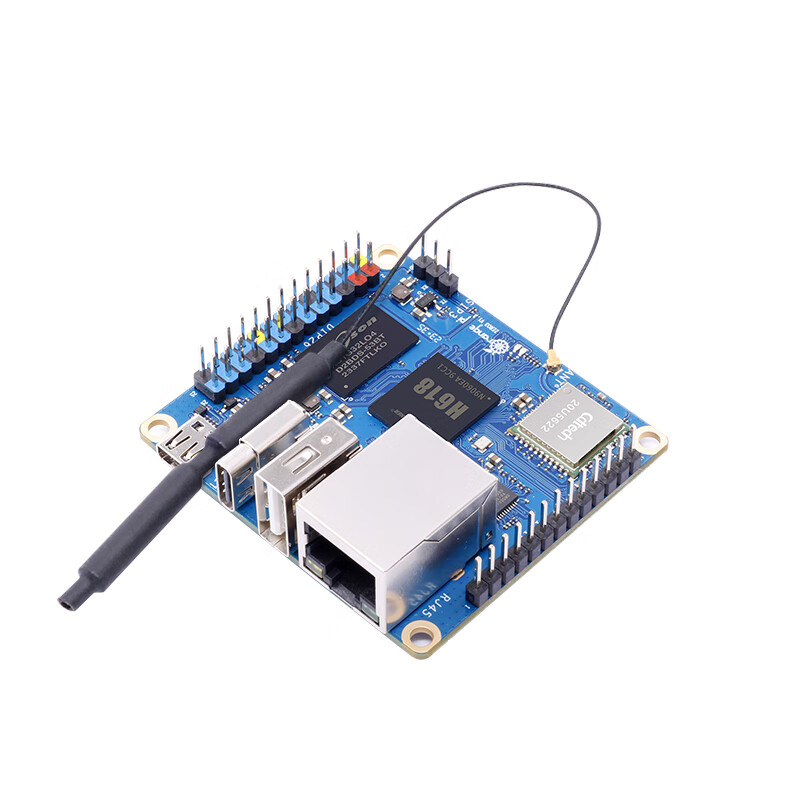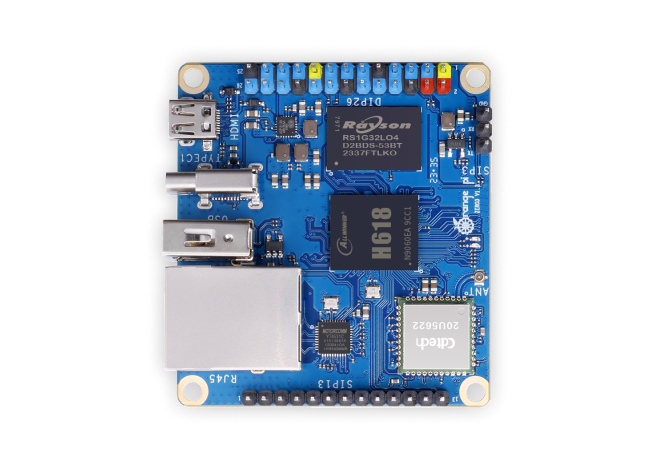In the realm of electronics, temperature sensors play a crucial role in various applications, from simple home appliances to complex industrial systems. When it comes to designing accurate and reliable temperature sensor circuits, operational amplifiers (op amps) offer a versatile and effective solution. This article delves into the intricacies of building a temperature sensor circuit using an op amp, providing insights into its working principle, components, and practical implementation.
UndscisaBerstanding the Basics
Before diving into the circuit design, it’s essential to grasp the fundamental concepts. A temperature sensor, in simple terms, is a device that converts temperature changes into electrical signals. These signals can then be processed, displayed, or used to control other devices. Op amps, with their high gain, differential input, and versatility, are ideal for amplifying and conditioning these signals.
Key Components of the Circuit
Temperature Sensing Element: The heart of the temperature sensor circuit is the sensing element. Common types include thermistors, which are temperature-sensitive resistors, and thermocouples, which generate a voltage proportional to temperature. For this article, we’ll focus on thermistor-based circuits due to their simplicity and widespread use.
Op Amp Configuration: The op amp is configured in a way that it amplifies the small voltage changes produced by the thermistor. A popular choice is the non-inverting amplifier configuration, which provides high input impedance and unity gain stability.
Resistor Network: To linearize the thermistor’s response and set the appropriate gain, a network of resistors is employed. These resistors form a voltage divider with the thermistor, ensuring that the op amp receives a signal that’s easy to work with.
Power Supply: A stable power supply is crucial for the op amp to function correctly. Depending on the op amp model, this could be a single supply or a dual supply, typically ranging from a few volts to tens of volts.
Output Stage: The output of the op amp may require additional stages for filtering, level shifting, or interfacing with digital systems like microcontrollers or ADCs (Analog-to-Digital Converters).
Circuit Design Considerations
Thermistor Selection: Choosing the right thermistor involves considering its resistance-temperature characteristics, tolerance, and operating range. NTC (Negative Temperature Coefficient) thermistors are commonly used as they decrease in resistance with increasing temperature.
Op Amp Specifications: Key parameters to look for in an op amp include input offset voltage, input bias current, bandwidth, and slew rate. These factors influence the accuracy and speed of the temperature measurement.
Calibration: Accurate temperature measurement necessitates calibration of the circuit. This involves comparing the sensor’s output with known temperatures and adjusting the circuit parameters accordingly.
Noise Reduction: To ensure accurate readings, measures should be taken to minimize noise. This can be achieved through proper grounding, shielding, and filtering techniques.
Practical Implementation
Let’s walk through a basic example of a temperature sensor circuit using an op amp:
Connect the Thermistor: Place the thermistor in a series with a fixed resistor to form a voltage divider. The junction between them serves as the input to the op amp.
Configure the Op Amp: Set up the op amp in a non-inverting configuration. Connect the thermistor-resistor junction to the non-inverting input (+) and a reference voltage (often mid-supply) to the inverting input (-).
Adjust Gain: By selecting appropriate resistors in the feedback loop, adjust the gain of the op amp to match the desired sensitivity of the temperature sensor.
Power Up and Test: Apply power to the circuit and observe the output voltage across the load resistor or at the op amp’s output terminal. Vary the temperature around the thermistor and note the corresponding changes in output voltage.
Calibration and Fine-Tuning: Use a known temperature source to calibrate the circuit. Adjust the resistor values or the reference voltage if necessary to achieve accurate temperature readings.
Applications and Benefits
Temperature sensor circuits using op amps find applications in diverse fields such as HVAC systems, automotive engines, medical devices, and environmental monitoring. Their advantages lie in:
Accuracy: Op amps enable precise amplification of the sensor signal, leading to accurate temperature measurements.
Flexibility: With various configurations and adjustable gains, op amps can accommodate different sensor types and measurement ranges.
Cost-Effectiveness: Compared to specialized temperature measurement ICs, op amp-based circuits can be more economical, especially in low-volume applications.
Ease of Integration: Op amps are readily available and can be easily integrated into existing electronic designs.
In conclusion, designing a temperature sensor circuit using an op amp requires careful selection of components, understanding of the op amp’s characteristics, and meticulous calibration. When executed properly, such circuits offer a reliable and cost-effective means of measuring temperature across a wide range of applications. By following the guidelines outlined in this article, enthusiasts and professionals alike can embark on creating their own temperature sensing solutions tailored to specific needs.







